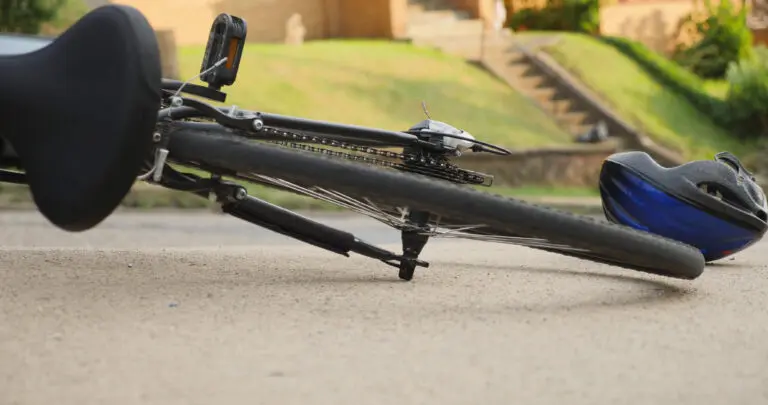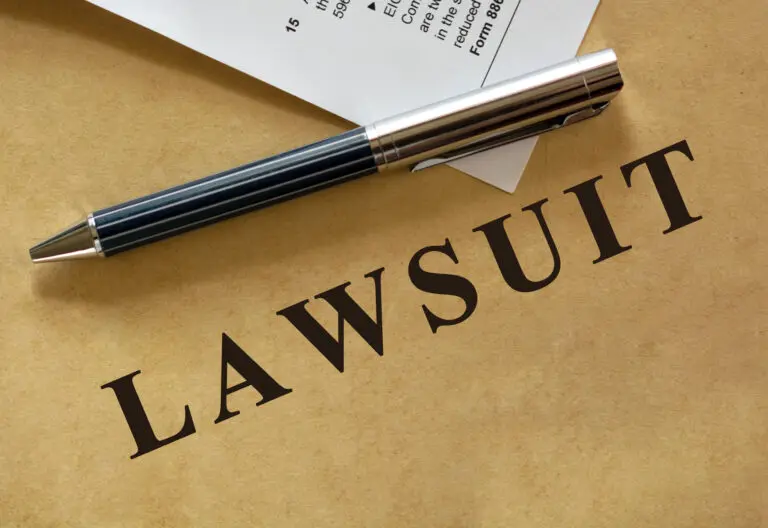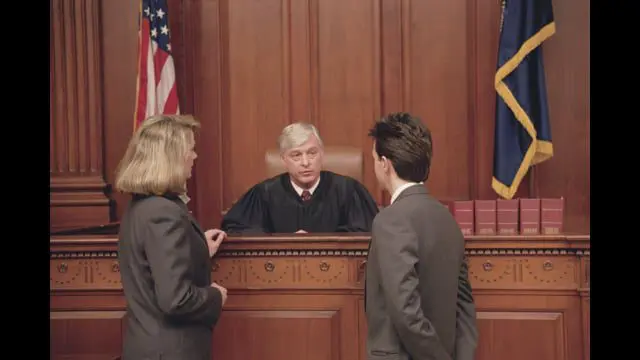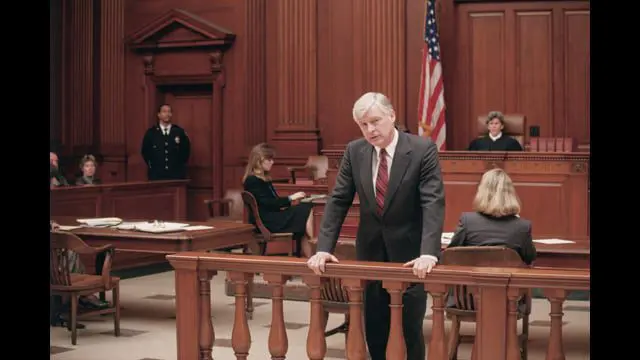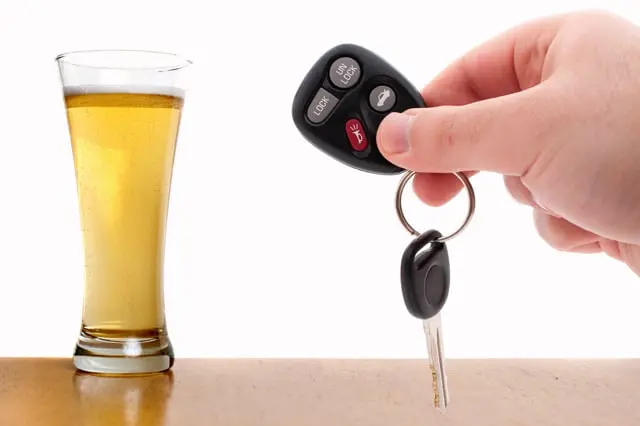Experiencing a personal injury can be a life-altering event, bringing physical pain, emotional distress, and financial burdens. One of the primary concerns for individuals involved in a personal injury case is understanding the expected timeline for resolution. Knowing how long the process might take can help you manage your expectations and plan accordingly. This article will delve into the various stages of a personal injury case, the factors that influence the timeline, and what you can expect from start to finish.
Initial Steps: Seeking Medical Attention and Consultation with a Lawyer
The first and most crucial step after sustaining a personal injury is to seek immediate medical attention. Your health and well-being are the top priorities. Additionally, having documented medical records is essential for your case, as they provide evidence of the injury and its impact on your life.
Once your immediate medical needs are addressed, the next step is to consult with a abogado de lesiones personales. An experienced attorney can evaluate your case, explain your legal rights, and guide you through the complex legal process. This initial consultation is typically free and serves as an opportunity for you to decide if you want to proceed with the attorney’s representation.
Investigation and Gathering Evidence
After you decide to move forward with your personal injury claim, your attorney will begin the investigation process. This involves gathering all necessary evidence to build a strong case. Key steps in this stage include:
- Collecting Medical Records: Your attorney will gather detailed medical records to document the extent of your injuries and the treatment you have received.
- Obtaining Accident Reports: If your injury was the result of an accident, such as a car crash or slip and fall, obtaining the official accident report is crucial.
- Interviewing Witnesses: Witness statements can provide valuable insights and support your version of events.
- Gathering Photographic Evidence: Photos of the accident scene, your injuries, and any property damage can be compelling evidence.
- Consulting Experts: In some cases, expert testimony may be needed to support your claim. This could include medical experts, accident reconstruction specialists, or economists who can quantify your financial losses.
Filing the Personal Injury Claim
Once the necessary evidence is collected, your attorney will file a personal injury claim on your behalf. This involves drafting a formal complaint that outlines the details of your case, including the nature of your injuries, the alleged negligence of the defendant, and the damages you are seeking. The complaint is then filed with the appropriate court.
After the complaint is filed, the defendant is served with a copy and has a specified period to respond. This response, known as an “answer,” will either admit or deny the allegations and may also include any defenses the defendant plans to use.
Fase de descubrimiento
En discovery phase is a critical part of the personal injury lawsuit process. During this phase, both parties exchange information and gather additional evidence to support their cases. The discovery phase typically includes:
- Interrogatories: Written questions that each party must answer under oath.
- Depositions: Oral testimony taken under oath, where attorneys from both sides can question witnesses, including the plaintiff and defendant.
- Requests for Production: Formal requests for documents, records, and other tangible evidence relevant to the case.
- Requests for Admission: Statements that one party asks the other to admit or deny, which can simplify the issues to be addressed at trial.
The discovery phase can be lengthy, often lasting several months to over a year, depending on the complexity of the case and the cooperation of both parties.
Negotiation and Settlement Discussions
Many personal injury cases are resolved through settlement rather than going to trial. Settlement negotiations can occur at any stage of the process but often intensify after the discovery phase. During these negotiations, both parties attempt to reach an agreement on the amount of compensation the plaintiff will receive.
Your attorney will play a crucial role in these negotiations, advocating for a fair and just settlement that covers your medical expenses, lost wages, pain and suffering, and other damages. If a settlement is reached, the case is resolved without the need for a trial. However, if negotiations fail, the case will proceed to trial.
Pre-Trial Motions and Hearings
Before the trial begins, there may be several pre-trial motions and hearings. These motions can address various legal issues, such as requests to dismiss the case, exclude certain evidence, or compel the other party to comply with discovery requests. Pre-trial motions and hearings can also help narrow the issues that will be addressed at trial, making the process more efficient.
Ensayo
If your personal injury case goes to trial, it will be heard before a judge or jury. The trial process involves several stages:
- Jury Selection: If the trial is before a jury, the selection process involves choosing impartial jurors who will decide the case.
- Opening Statements: Both attorneys present an overview of their case to the judge or jury.
- Presentation of Evidence: Both sides present evidence, including witness testimony, documents, and expert opinions.
- Cross-Examination: Attorneys have the opportunity to question the other side’s witnesses.
- Closing Arguments: Both sides summarize their case and argue why they should prevail.
- Jury Deliberation and Verdict: If the case is before a jury, the jurors will deliberate and reach a verdict. If the trial is before a judge, the judge will render a decision.
The trial process can be time-consuming, often lasting several days to weeks, depending on the complexity of the case and the court’s schedule.
Mociones y recursos posteriores al juicio
After the trial, either party may file post-trial motions, such as a motion for a new trial or a motion to alter or amend the judgment. If either party is dissatisfied with the trial outcome, they may also file an appeal to a higher court.
An appeal can extend the timeline of the case significantly, as the appellate court reviews the trial court’s decision for legal errors. The appeals process can take several months to years, depending on the jurisdiction and the complexity of the issues involved.
Factors Influencing the Timeline of a Personal Injury Case
Several factors can influence the timeline of a personal injury case, including:
- Complexity of the Case: More complex cases with multiple parties, severe injuries, or disputed liability may take longer to resolve.
- Cooperation of Parties: The willingness of both parties to cooperate and negotiate in good faith can impact the timeline.
- Court Schedules: The availability of the court and the judge assigned to the case can affect how quickly the case progresses.
- Discovery Issues: Delays in obtaining evidence, scheduling depositions, or responding to discovery requests can extend the timeline.
- Settlement Negotiations: Protracted settlement discussions can lengthen the process, especially if multiple rounds of negotiation are required.
- Recursos: If the case is appealed, the timeline can be extended significantly as the appellate court reviews the case.
The Role of Your Attorney in Managing the Timeline
Your personal injury attorney plays a crucial role in managing the timeline of your case. They will keep you informed of important deadlines, ensure that all necessary documents are filed promptly, and work diligently to move the case forward. Effective communication with your attorney is essential for staying informed and understanding the progress of your case.
Impact of Medical Treatment on the Timeline
The duration of your medical treatment and recovery can also impact the timeline of your personal injury case. It’s essential to complete your medical treatment and reach maximum medical improvement (MMI) before settling your case. This ensures that all your medical expenses and future treatment needs are accurately accounted for in the settlement.
Delaying settlement until you have completed treatment can prevent underestimating your medical costs and ensure that you receive adequate compensation for your injuries. Your attorney will work closely with your medical providers to document your treatment and recovery, which can be critical evidence in your case.
The Importance of Patience and Realistic Expectations
Understanding that personal injury cases can take time to resolve is crucial for managing your expectations. While it can be frustrating to wait for a resolution, rushing the process can result in a less favorable outcome. Patience and realistic expectations are essential for navigating the legal process and achieving a fair and just resolution to your case.
Your attorney will guide you through each step and provide realistic timelines based on the specifics of your case. Trusting their expertise and advice can help you make informed decisions and remain focused on your recovery and well-being.
The Benefits of Mediation and Alternative Dispute Resolution (ADR)
To potentially expedite the resolution of a personal injury case, parties may consider mediación or other forms of Alternative Dispute Resolution (ADR). Mediation involves a neutral third party who helps facilitate a settlement agreement between the plaintiff and the defendant. This process can be less formal, more flexible, and faster than going to trial.
Advantages of Mediation and ADR:
- Cost-Effective: Mediation and ADR can be more affordable than a lengthy trial.
- Time-Saving: These processes can significantly shorten the timeline for resolution.
- Flexibility: Parties have more control over the outcome and can tailor solutions to fit their needs.
- Confidentiality: Mediation and ADR sessions are private, unlike court trials, which are public.
Mediation is not binding unless both parties agree to a settlement, which provides a safer environment to discuss and negotiate terms without the pressure of a court ruling. Exploring these options with your attorney can be a strategic move to achieve a quicker and mutually satisfactory resolution.
Case Studies: Real-World Examples of Personal Injury Case Timelines
Examining real-world examples of casos de lesiones personales can provide insight into the various factors that influence the timeline. For instance, consider a car accident case where the plaintiff suffered severe injuries requiring multiple surgeries. The case took over three years to resolve due to extensive medical treatment, complex liability issues, and prolonged settlement negotiations.
In contrast, a slip and fall case with clear liability and less severe injuries might resolve in under a year, particularly if the parties can agree on a settlement early in the process. These examples illustrate how the specifics of each case, including the severity of injuries and the clarity of liability, can significantly impact the duration of the legal process.
Technological Advancements and Their Impact on Personal Injury Cases
The advent of technology has brought significant changes to the legal landscape, including personal injury cases. Technologies such as electronic filing systems, online document management, and virtual court hearings have streamlined many aspects of the legal process, potentially shortening case timelines.
Key Technological Impacts:
- Electronic Filing: Reduces delays associated with traditional paper filing and speeds up document submission and retrieval.
- Virtual Hearings: Allows for faster scheduling and reduces the need for in-person appearances, saving time and resources.
- Digital Evidence Management: Facilitates the organization and sharing of evidence, making the discovery process more efficient.
Leveraging these technologies can help attorneys manage cases more effectively and expedite the resolution process. Staying informed about technological advancements and how they can be applied to your case is essential for maximizing efficiency and outcomes.
The Psychological Impact of Personal Injury Cases
It’s important to acknowledge the psychological impact that a prolonged personal injury case can have on plaintiffs. The stress and uncertainty of awaiting resolution can be emotionally draining, affecting mental health and overall well-being.
Strategies for Coping with Stress:
- Therapy and Counseling: Seeking professional help can provide support and coping strategies.
- Support Groups: Connecting with others who are going through similar experiences can offer comfort and advice.
- Mindfulness and Relaxation Techniques: Practices such as meditation, yoga, and deep breathing exercises can help manage stress.
Taking care of your mental health is just as important as addressing your physical injuries. Communicate openly with your attorney about any emotional challenges you are facing, as they can provide resources and support to help you through this difficult time.
The Role of Social Media in Personal Injury Cases
In today’s digital age, social media can play a significant role in personal injury cases. It’s important to be mindful of what you post online, as any content you share can potentially be used as evidence in your case.
Social Media Tips:
- Privacy Settings: Ensure your social media profiles are set to private to limit access to your personal information.
- Be Cautious with Posts: Avoid posting about your case, injuries, or activities that could be misconstrued or used against you.
- Consult Your Attorney: Discuss with your attorney what is appropriate to share on social media during your case.
Being cautious with your online presence can prevent potential pitfalls and ensure that your personal injury case remains focused on the facts and evidence.
Conclusión
The timeline for resolving a personal injury case can vary significantly based on numerous factors, including the complexity of the case, the cooperation of the parties involved, and the court’s schedule. From the initial consultation with a abogado de lesiones personales to the final resolution, understanding the various stages of the process can help you manage your expectations and navigate the legal system more effectively.
By working closely with your attorney, gathering comprehensive evidence, and remaining patient, you can increase your chances of achieving a fair and favorable outcome. Remember that each personal injury case is unique, and the timeline may differ based on the specific circumstances of your situation. Trusting your legal team and staying informed throughout the process is key to successfully resolving your personal injury claim.
In conclusion, personal injury cases require patience, diligence, and effective legal representation. By understanding the process and working collaboratively with your attorney, you can navigate the complexities of the legal system and secure the compensation you deserve. Taking proactive steps to manage your case and being aware of potential challenges will help you achieve the best possible outcome and move forward with confidence.
Attorneys.Media Video Document References
- Is Personal Injury Part of Your Law Practice?
- As an Attorney, How Are You Generating Content for Your Online Presence?
- How Can You Help Potential New Clients Get Their Questions Answered?
- How Do You Differentiate Yourself When Someone Looks Online for Help?
- How Do You Differentiate Yourself as a Criminal Defense Attorney?
- Have You Been Thinking About Video Marketing for Your Law Firm?
- Should Attorneys Use Video Marketing to Attract New Clients?
- What Do Potential Clients See When They Research Your Name Online?
- Cómo puede ayudarle Attorneys.Media


